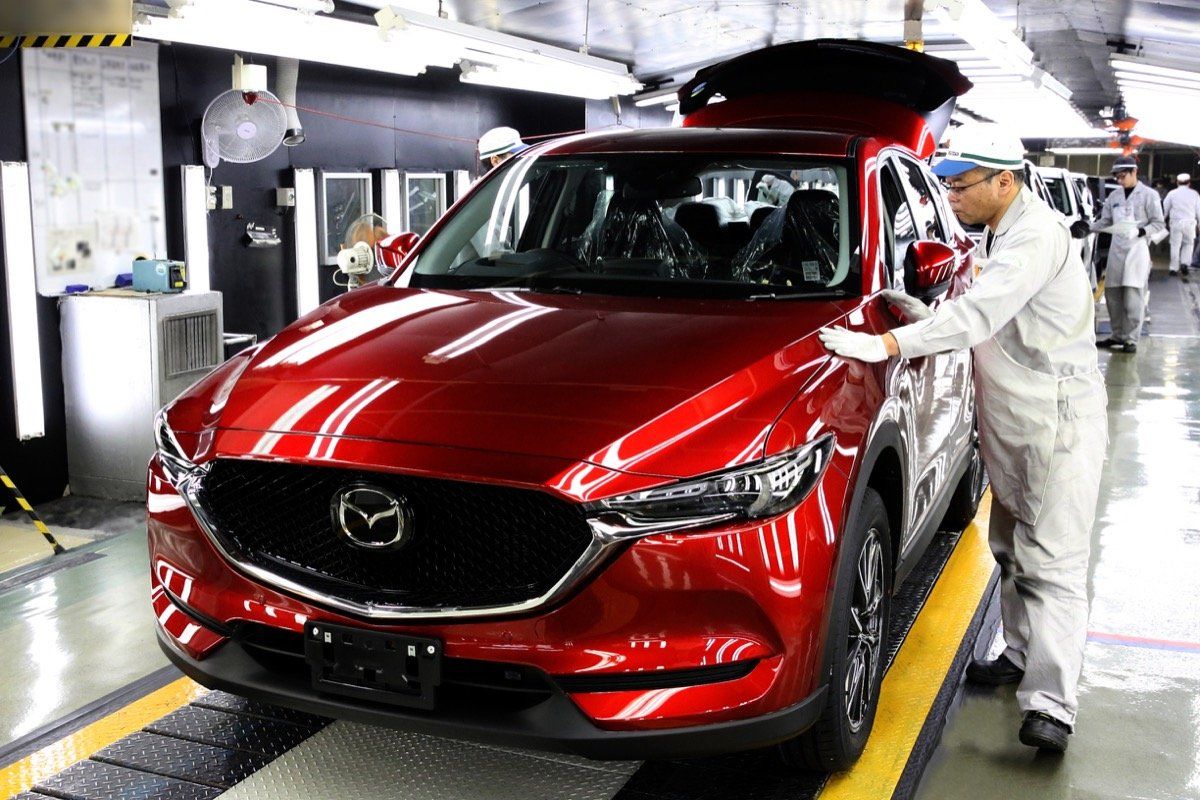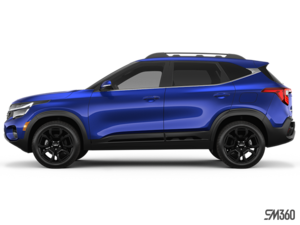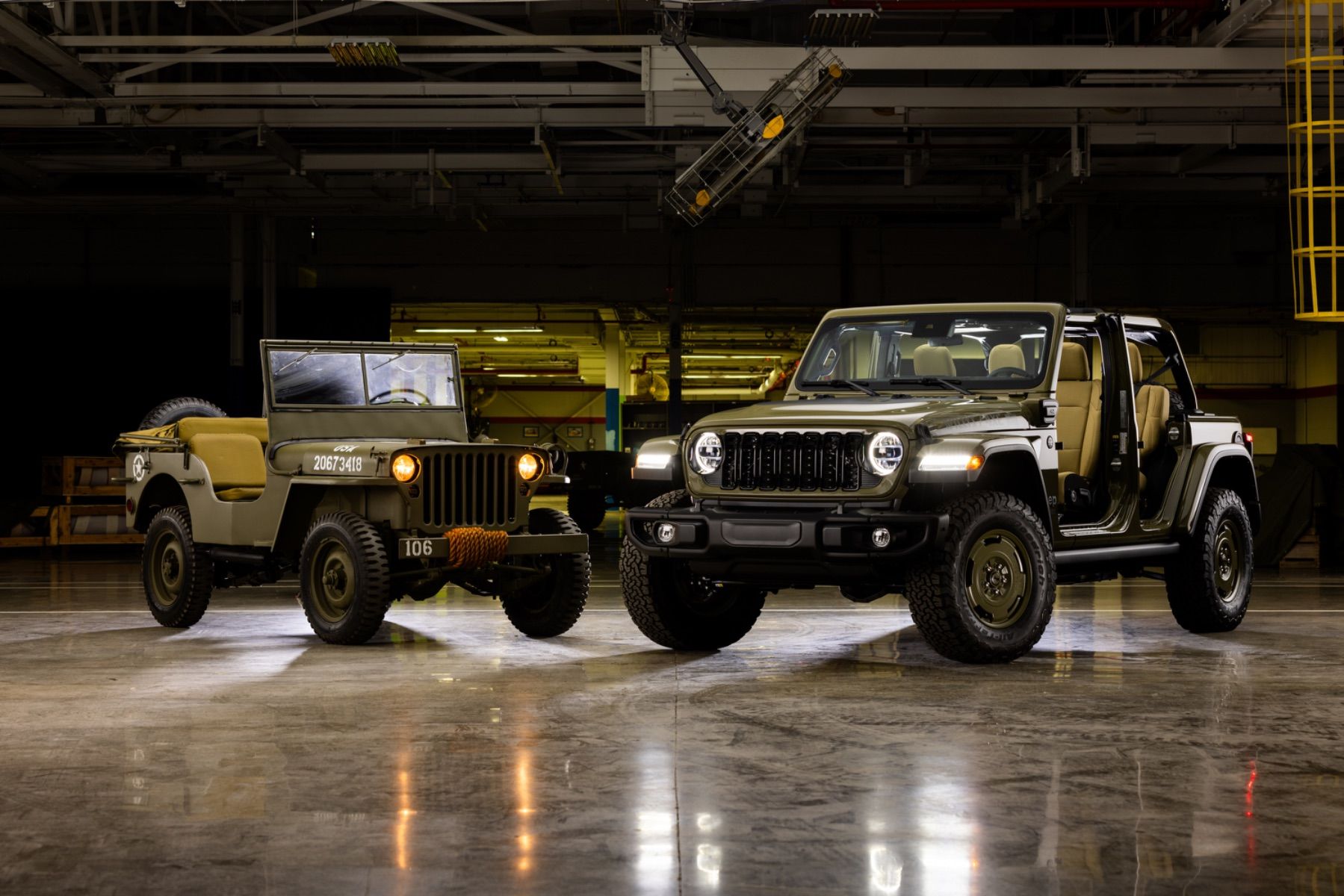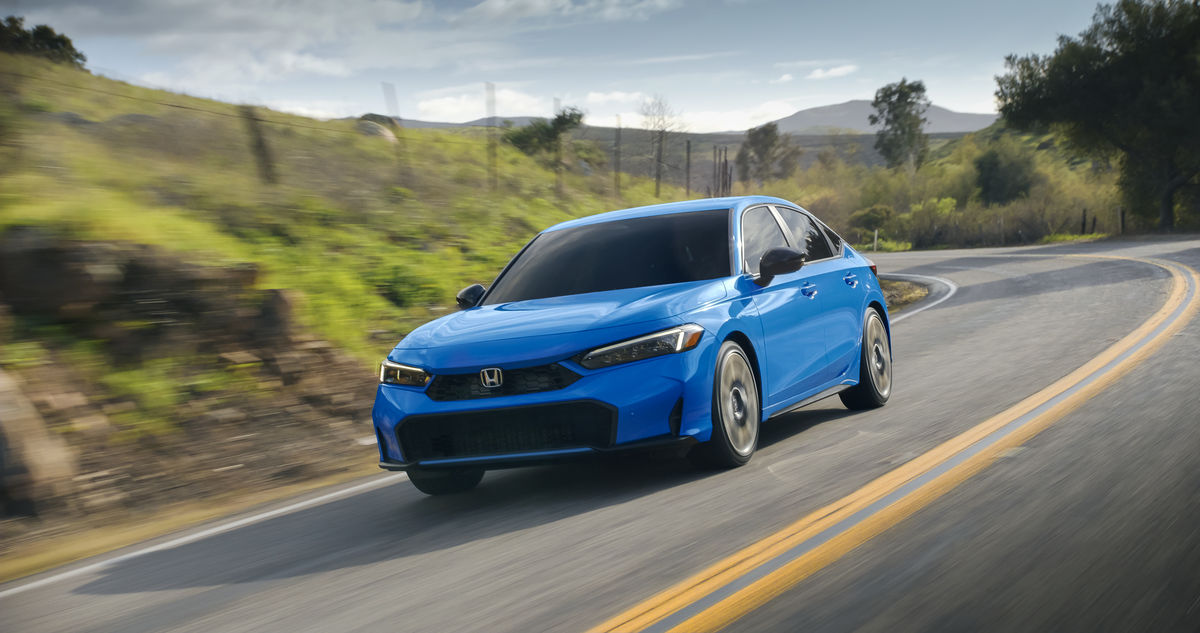CINEMAGRAPHS: 5 Key Phases Of A Mazda's Development
November 18 2019, Centennial Auto Group

With each successive touchpoint, your first experience in a new Mazda reveals more and more points of distinction. "This isn't like the last car I drove," you say to yourself as you pull the doorhandle, take a seat, and push the starter button.
See, that seat was artfully shaped to better conform to the S-shape of your spine in the 2018 Mazda 6, for instance. From the perfect weight of the steering - enough input is required to make you part of the process, yet G-Vectoring Control minimizes the amount of turning required - to the speed with which the transmissions shift to maximize performance and efficiency to the way in which all Mazdas gamely in corners, truly driving a Mazda manifests an uncommon development approach.
But what's actually involved in that development? Mazda has recently put together a batch of materials that showcase some of the key R&D factors that make a Mazda a Mazda, whether it's the MX-5 Miata sports car or the CX-9 family SUV or the top-selling Mazda 3.
#1: WIND TUNNEL
Mazda's huge wind tunnel, with a 26-foot diameter, blows a 225 kmh breeze. First used in 1983 on the Mazda 323, the Miyoshi proving ground's wind tunnel in Hiroshima is responsible for fine-tuning the aerodynamics of every new Mazda. Improved aero pays dividends in terms of high-speed stability, improved fuel efficiency, and overall noise.
"My job is to reduce the noise level caused by the wind," Mazda engineer Takuya Fujita says. "If we can create a silent, relaxing, sophisticated atmosphere, drivers will be able to focus more on the driving."
Yes. The driving.
#2: CLIMATE LABORATORY
Rows of lights heat up a room to 54 degrees Celsius, not gradually, but in minutes. 30 days of testing in extreme heat with a car that's essentially driving at 200 kmh (on a rolling road) can be followed by the opposite extreme: sudden refrigeration to -40 degrees with 880 kilowatts of lighting.
How is your Mazda MX-5 Miata going to cope with winter? Mazda can be certain of its durability before the car ever rolls off the factory line.
"I aim to deliver productions that perform perfectly," says engineer Sho Shimamoto, "without any malfunctions caused by climate factors, in all markets around the globe."
#3: SAFETY TESTING LABORATORY
Mazda's assistant manager of side and rear crash safety development, Daisuke Tsuji, wants a perfect safety record. Total safety. Full safety. "I will continue to pursue safety, until we develop a completely accident-free car," Tsuji says.
Getting there requires thousands of hours in the Mazda Safety Testing Laboratory, where upcoming models are crash tested in 100 different tests. Trucks are thrown headlong into new Mazdas at 88 kmh, cars are tossed into concrete walls and metal posts. Examining weak points enables Mazda to better know where to deploy high-tensile steel. That's why every Mazda tested by the Insurance Institute for Highway Safety in 2017 received Top Safety Pick+ designation.
#4: ANECHOIC CHAMBER
Now that modern cars are filled with roughly 100 computers, it's obviously important that all of those computers work. Moreover, it's important that all of those computers work all of the time, every day, all year long, regardless of interference. Mazda's anechoic chamber was first used with the Mazda CX-5 in order to determine how susceptible the CX-5 (and its dozens of computers) is to signals from wi-fi, cell phones, GPS, radio, television.
Thanks to the chamber, it's not susceptible. The Mazda CX-5 and all other Mazdas are "guaranteed to be totally safe from harmful electromagnetic waves."
#5: NVH CHAMBER
If you're going to properly evaluate noise, vibration, and harshness (NVH) there can be absolutely no other sounds competing for attention. No other noise at all.
With total silence, Mazda's Quietness Development manager, Takaya Katsuragawa, is able to quantify something as quiet as a door opening. The NVH chamber therefore allows Mazda's engineers to know the very specific location of the wind and road and tires, and by knowing, something can be done to mask or eliminate the sound.





